Modernism embodies a simplified and authentic lifestyle conveyed through genuine design. Minimalism rejuvenates older furniture and design, using fewer materials to achieve an attractive and gratifying look.
Modernism finds its roots in the on-demand lifestyle. Minimalism has consistently driven the success of that demand.
Modernism offers open plans. Minimalism boldly advocates for open designs.
Modernism maintains minimal details. Minimalism eliminates details.
Modernism extends indoor living outdoors, while Minimalism invites barefoot walks in the grass.
Modernism encourages the importance of glass materials; minimalism maximizes glass usage.
Modernism organizes designs in an orderly. Minimalism arranges uses in designs.
Modernism is subjective. Mimimalism is objective.
Modernism might lead to isolation. Minimalism radiates tranquility.
Modernism embraces contemporary design, while minimalism is Wabi-Sabi‘s next-gen.
Modern and Minimalism Design: Characteristics, Similarities & Differences
Both modern and minimalist designs prioritize form and function, offering the opportunity to blend these styles.
The diagram below illustrates minimalist and contemporary design’s distinct yet parallel attributes in color, materials, and features—a simple illustration of their differences, characteristics, and similarities.
Image credit by Akkaarchitects
Modern
Modern design stands as the cornerstone of minimalist and contemporary design. It arises from the innovative strides of mid-century visionaries like Charles and Ray Eames, Florence Knoll, and Le Corbusier, which profoundly impacted the progression of today’s ‘modern’ design.
An endless example of modern design is the iconic “Barcelona Chair,” which epitomizes that less is more. This masterpiece is a valid symbol of the contemporary movement, costing approximately $5000 to $8000 per piece.
Examples of Modern Home Design
Contemporary
This design embodies current trends, blending modern elements, clean lines, and innovative materials for a fresh and stylish look.
Contemporary modern home design began to take shape in the late 20th century, evolving from mid-century modern styles to embracing modern home design trends.
Rustic Modern
Modern rustic style includes industrial touches like live edge wood, raw metals, and clean lines. Avoid bright decor and opt for simple designs with an industrial edge, highlighting the materials’ natural beauty.
People who appreciate contemporary style and natural warmth are drawn to modern rustic home design. It’s for those who seek a cozy blend of modern and rustic elements.
Industrial Modern
Industrial modern design merges raw and rugged with sleek and contemporary. It integrates elements like exposed brick, metal, and minimalistic aesthetics to create a balanced blend of urban and chic, giving spaces a unique and edgy character.
This modern design is not for everybody due to its bold and raw aesthetics.
People who love industrial modern homes tend to be creative, open to unconventional styles, and have an affinity for blending edginess with contemporary comfort.
Modern Cottage
Modern cottage design combines cozy cottage aesthetics with modern elements, creating a warm and inviting space with a touch of contemporary style.
It blends charming details, like wood accents and inviting spaces, with modern features for a comfortable and stylish living environment.
Modern Farmhouse
Modern farmhouse design embraces natural materials like reclaimed wood, exposed brick, and metal accents. These materials evoke a rustic feel while harmonizing with sleek elements like glass and clean lines, striking a perfect balance between cozy and contemporary.
Craftsman Modern
Craftsman modern design employs rich woods, like oak and maple, for built-ins and furniture. Natural stone and brick characterize exteriors, while metal accents offer a touch of industrial chic. Stained glass and intricate tilework showcase craftsmanship.
These materials blend artisanal charm with contemporary aesthetics, creating a cozy yet sophisticated living environment.
Modern Lodge
This design includes natural elements like timber, stone, and leather. These materials evoke a rustic lodge feel, while large windows and open spaces bring in light and air. Metal accents add a touch of industrial style.
The combination creates a warm, inviting, and modern living space.
Minnesota Modern
Minnesota’s modern home design reflects regional charm and trendy flair, blending local influences, functional design, and modern aesthetics for a unique and inviting ambiance.
So instead of tearing down old houses, modern interior designers will add modern elements, mixing the old and new designs to bring that distinctive Minnesota modern design look.
Modern Ranch
Ranch modern home design embraces open layouts, clean lines, and a connection to nature. It updates traditional ranch aesthetics with modern functionality and styles.
Minimalist Interior Design
Minimalist interior design is all about simplicity and essentials. It uses clean lines, neutral colors, and uncluttered spaces to create a calming and open atmosphere within homes. It focuses on what truly matters, eliminating excess to achieve a tranquil and functional living environment.
A minimalist home is clutter-free and straightforward, with clean lines, simple design, neutral colors, and few decorations, creating a serene and spacious atmosphere.
Some of the few details used are simple yet harmonious. This could be a single piece of art on a wall in your home or an elegant vase placed above a dining table. Stylish lines, minimal furniture, and accessories emphasize functions and practicality.
Flat, smooth surfaces and sharp, precise lines make bold statements demonstrating each component’s fundamental nature.
In other words, minimalist design is the literal “Less is More” mantra popularized by German-American architect Ludwig Mies van der Rohe.
Combining Modern and Minimalist Design
Blending modern and minimalist design creates a harmonious synergy of sleek aesthetics and functional simplicity. This fusion is characterized by clean lines, uncluttered spaces, and a focus on essential elements.
The modern-minimalist approach combines the best of both worlds, utilizing contemporary materials and forms while stripping away excess for a balanced, serene environment that speaks to modern sensibilities.
Bringing together modern, minimalist styles with a touch of wabi-sabi creates a calming space. Clean, simple, and appreciative of imperfections, leading to a tranquil ambiance.
Frequently Asked Questions
Minimalism and modernism are like cousins in the world of interior design. They both embrace clean lines and a “less is more” vibe. In interior design, modernism keeps it simple and functional, while minimalism takes that simplicity up a notch.
They both adore natural light, using it to highlight their minimalist decor. So, if you’re into interior design that’s all about simplicity and making the most of natural light, you’re definitely in the modernism and minimalism zone.
The opposite of minimalist interior design is a maximalist style that’s all about intensity and abundance. While minimalism keeps things sleek and understated, maximalism cranks up the volume, celebrating personal style with bold patterns, vibrant colors, and a “more is more” attitude.
It’s a joyful explosion of creativity that stands in stark contrast to the serene simplicity of minimalist design.
Minimalism in interior design is all about creating an uncluttered space with a minimalist style.
Four key characteristics of minimalism include the following:
Clean Lines: Minimalist interiors feature clean and sharp lines that contribute to a sleek and orderly appearance.
Simplicity: Minimalist style avoids unnecessary adornments, favoring a monochromatic palette and minimal decor elements.
Functionality: Every item in a minimalist space serves a purpose, promoting efficient use of space.
Clutter-Free: Minimalism champions the removal of excess belongings to maintain an uncluttered space that allows for a sense of calm and focus.
Minimalism appeals to individuals who value simplicity and elegance in interior design. It attracts those who appreciate clean, simple lines and a clutter-free living environment. People inspired by minimalism tend to prefer having fewer pieces of furniture and decor, prioritizing functionality and aesthetics.
They often seek quiet in their spaces, favoring a sense of order and calm over excess. Minimalism isn’t just about design; it’s a lifestyle choice for those who find beauty in the essentials and believe that less can truly be more in creating a harmonious living environment.
Smart people encompass a diverse range of preferences, and minimalism isn’t exclusive to any particular group. It’s about creating a warm and welcoming feel in a room by focusing on essential furniture and design elements.
Smart individuals may appreciate minimalism for its ability to simplify and create a sense of order, but it’s a personal choice that varies among people. Minimalism is more about design philosophy than intelligence, and it can resonate with anyone who values simplicity and functionality.
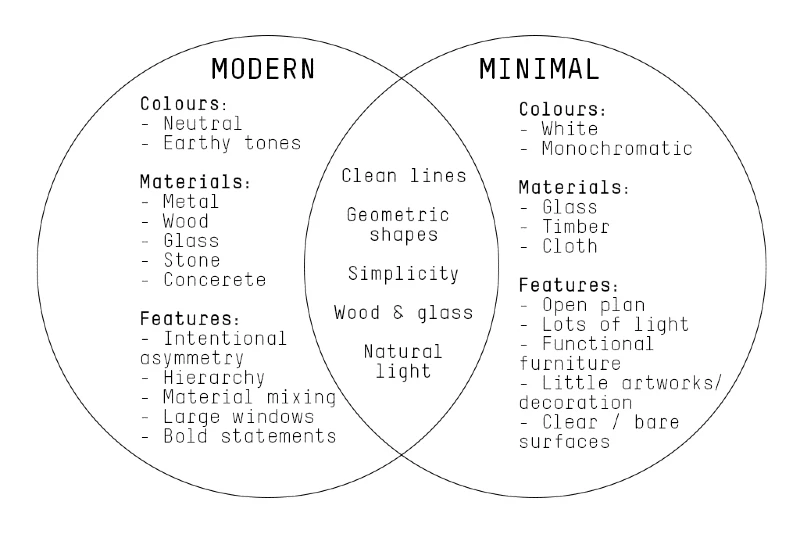
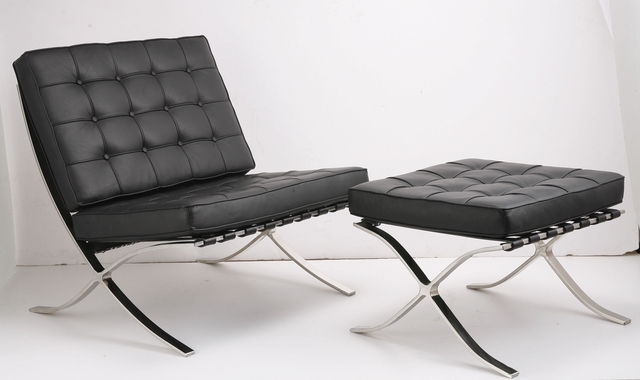
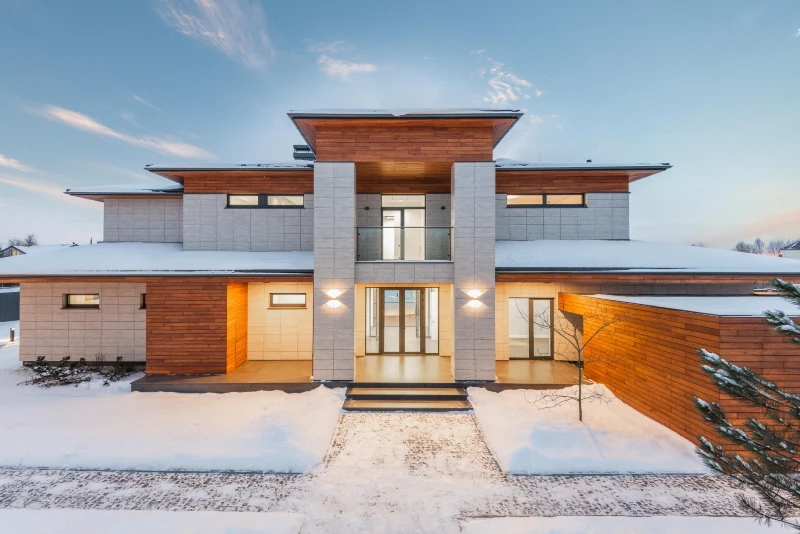
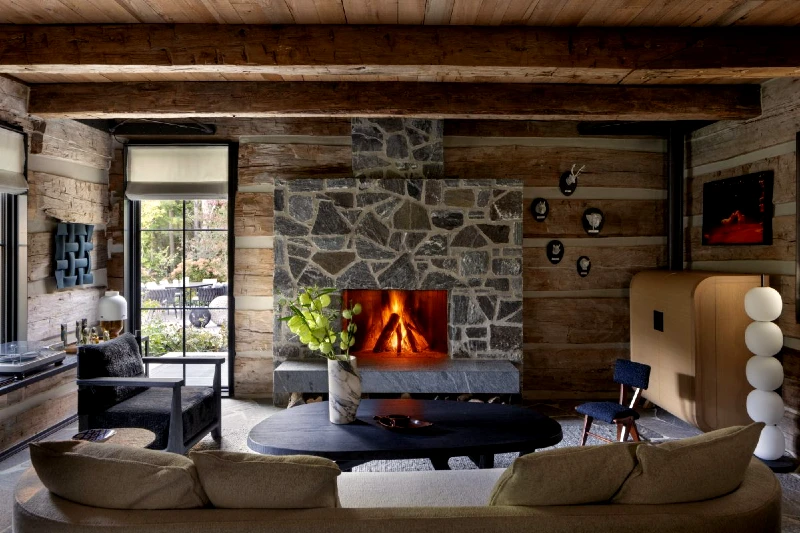
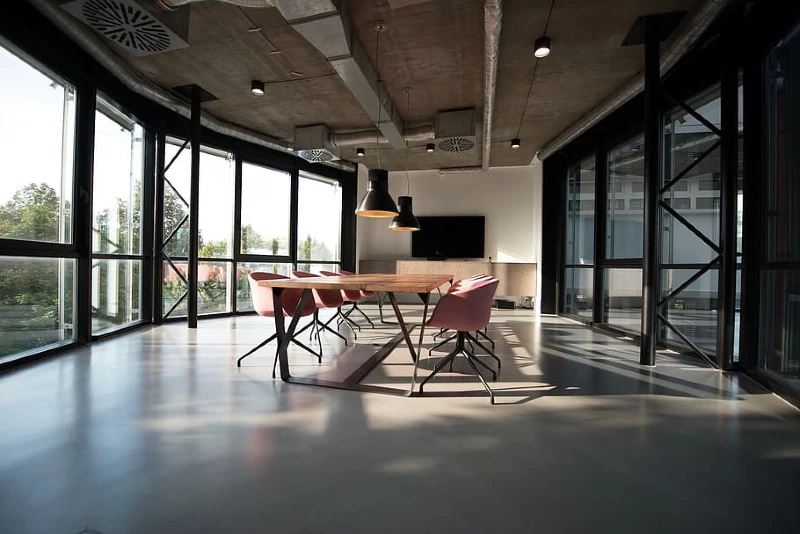
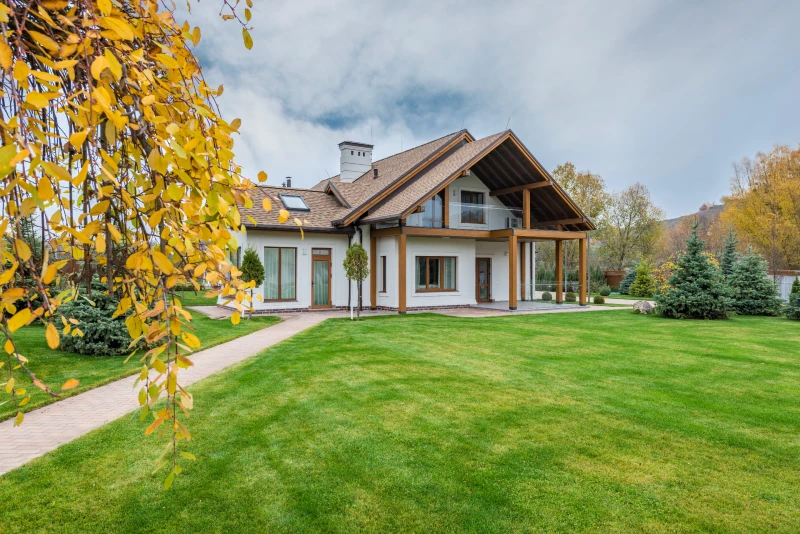
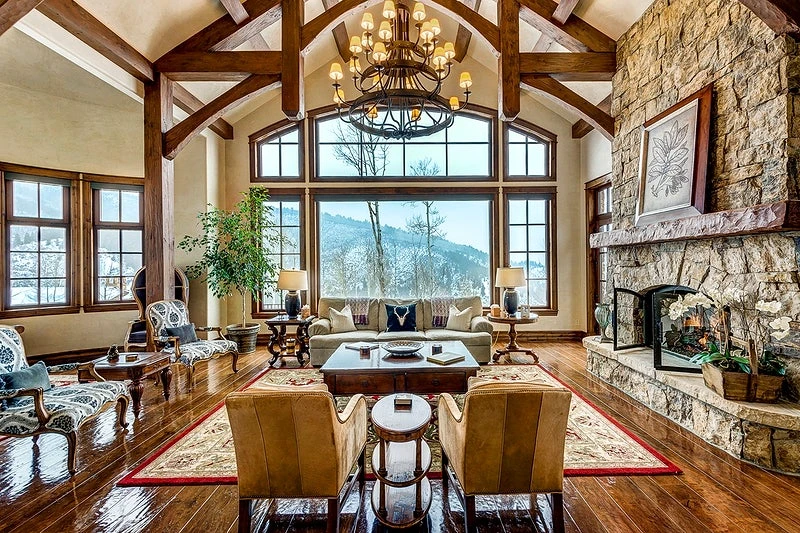
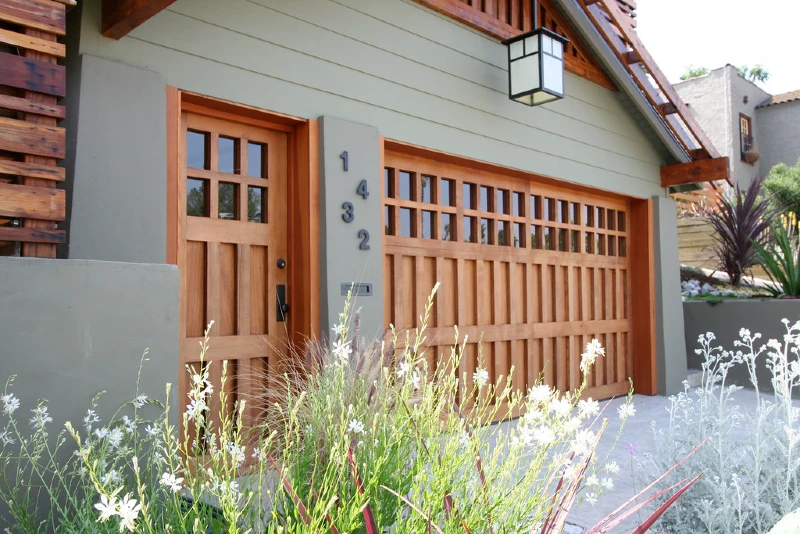
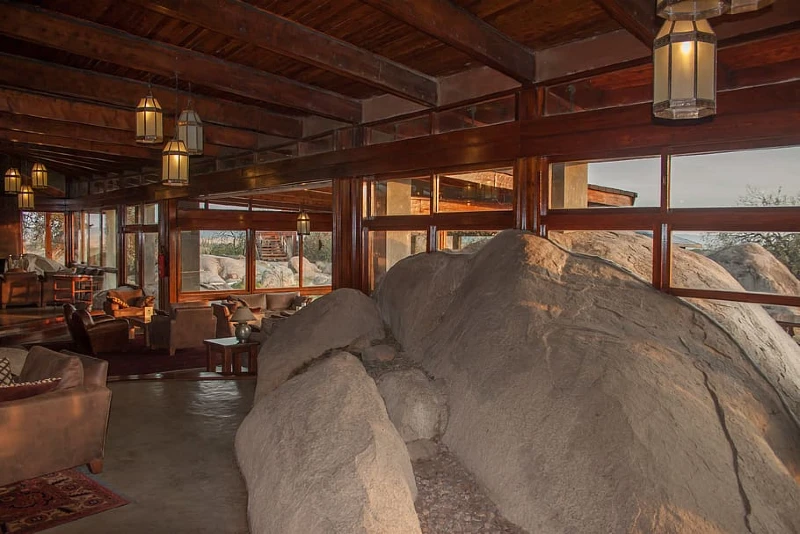
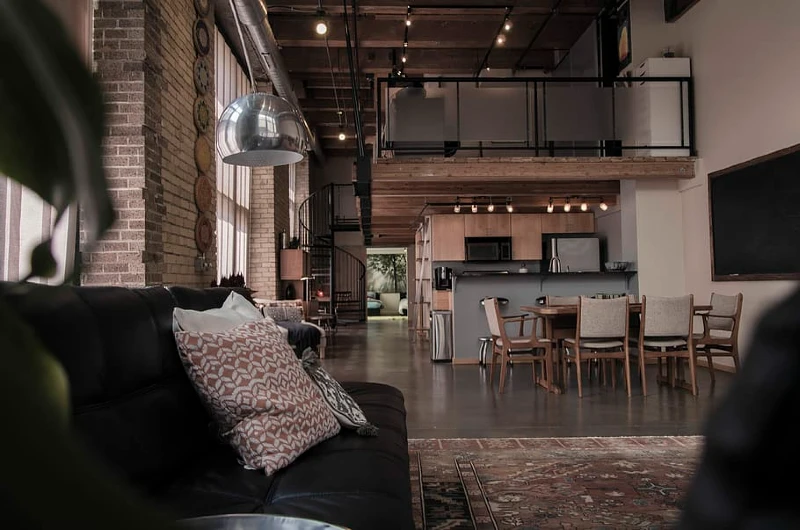
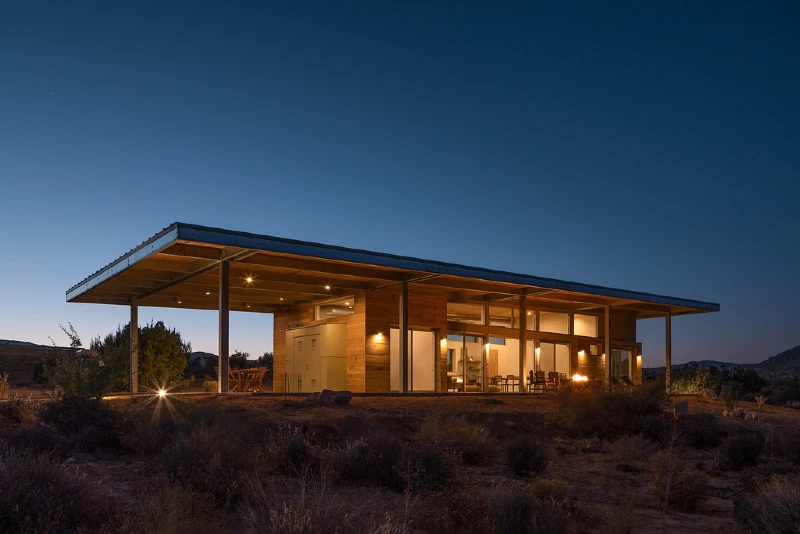
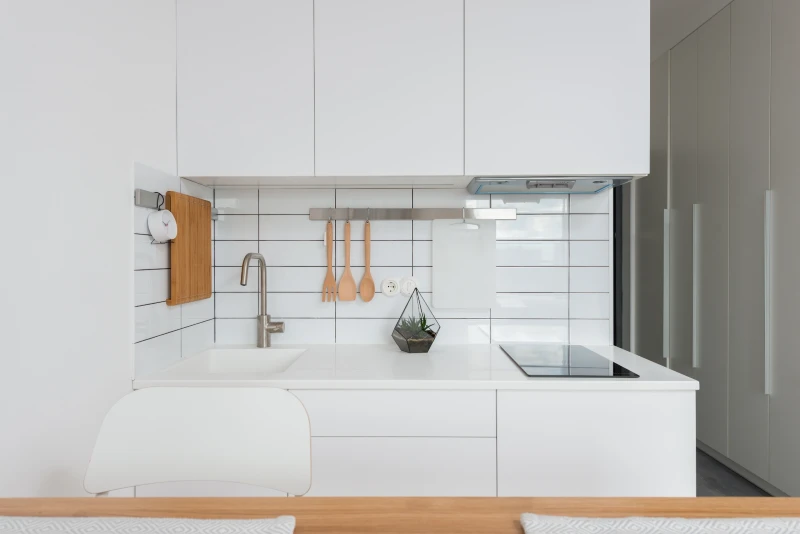
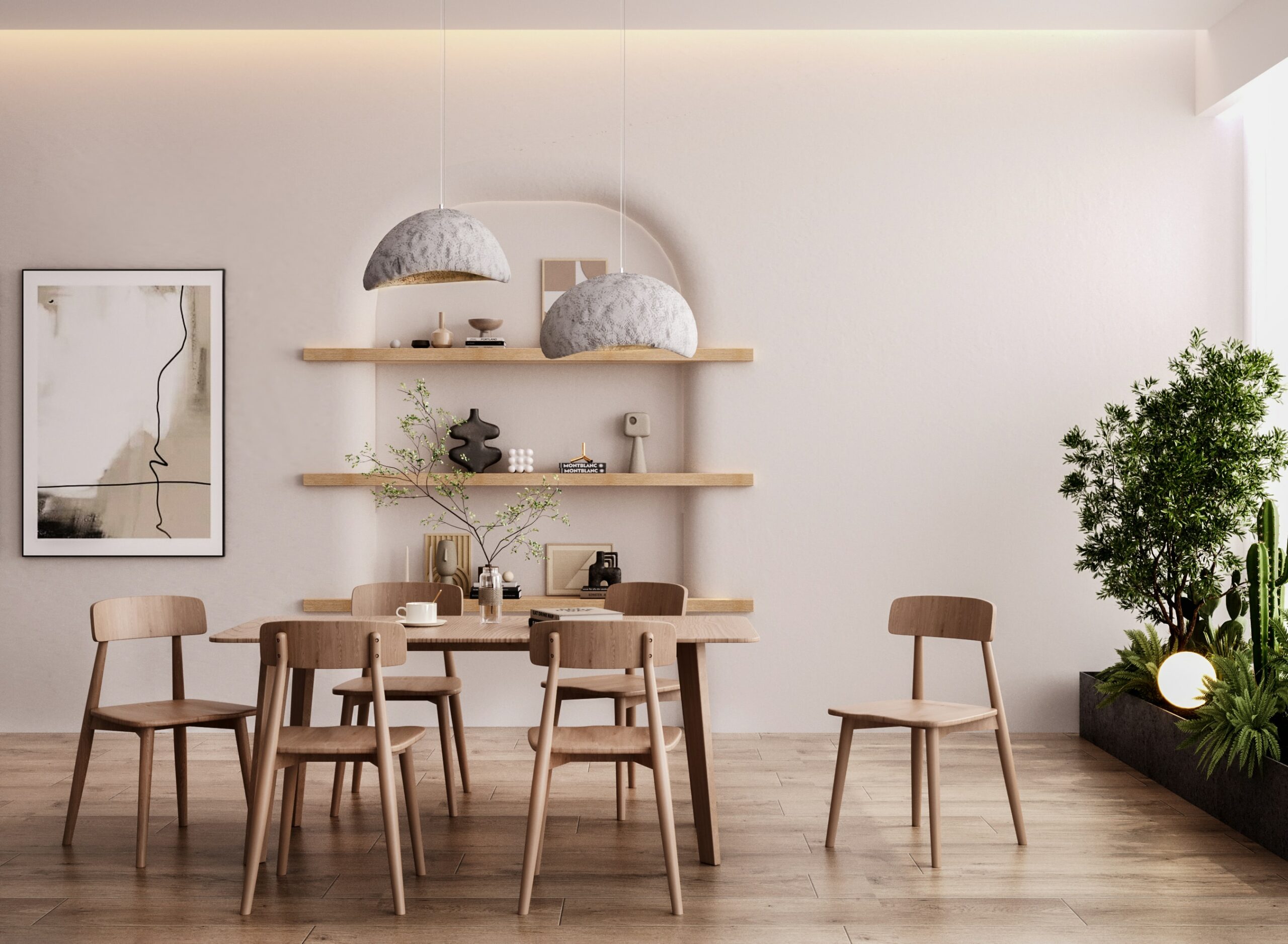
Comments